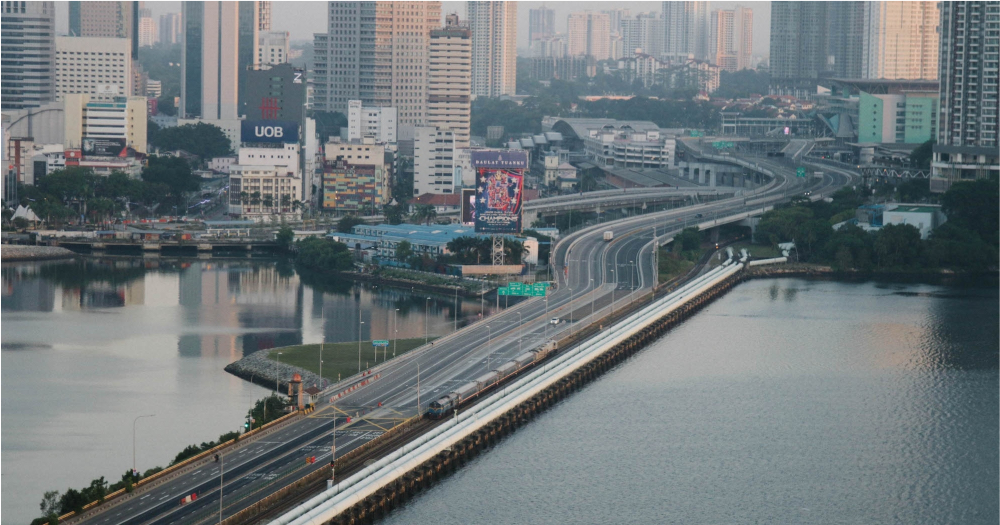Malaysia and Singapore have announced the agreement of a reciprocal Green Lane arrangement and a Periodic Commuting arrangement between the two countries.
A joint statement by Hishammuddin Hussein and Vivian Balakrishnan on July 14 outlined the terms of the agreement, which is set to be implemented by Aug. 10.
Green Lane: Cross-border travel allowed for essential business
Cross-border travel for essential business and official purposes will be allowed.
Such travellers will have to abide by the health regulations on both sides, including PCR swab tests.
They are also expected to submit a controlled itinerary to the authorities of the country they're visiting, and stick to that itinerary for the duration of their visit.
Periodic Commuting: Work over there, then come back home
Other than the Green Lane, the two countries will implement a Periodic Commuting arrangement.
This allows Singapore and Malaysia residents who hold long-term immigration passes for business and work purposes in the other country, to enter that country for work.
After at least three consecutive months in their country of work, they may return to their home country for a short-term home leave, and thereafter re-enter their country of work to continue work for at least another three consecutive months.
They will have to abide by all health regulations of the country they are in.
Will publish information on requirements
Officials from both countries are working to standardise the Standard Operating Procedure for travellers before implementation on Aug. 10.
Both countries have targeted to publish the following information 10 days before implementation for travellers to be fully prepared for entry and exit:
- Requirements
- Health protocols
- Application process
Other schemes are in development, such as a daily cross-border commuting proposal for workers from both countries, taking into account medical resources and health protocols in either country.
Related stories:
Top image by Andrew Koay.
If you like what you read, follow us on Facebook, Instagram, Twitter and Telegram to get the latest updates.
